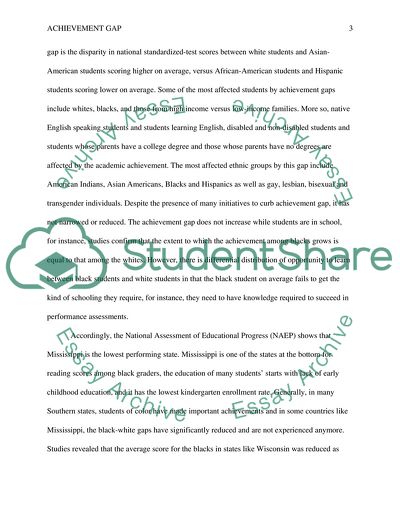Cite this document
(The Achievement of Disabled and Minority Students Case Study Example | Topics and Well Written Essays - 1750 words, n.d.)
The Achievement of Disabled and Minority Students Case Study Example | Topics and Well Written Essays - 1750 words. https://studentshare.org/education/1806717-achievement-gap
The Achievement of Disabled and Minority Students Case Study Example | Topics and Well Written Essays - 1750 words. https://studentshare.org/education/1806717-achievement-gap
(The Achievement of Disabled and Minority Students Case Study Example | Topics and Well Written Essays - 1750 Words)
The Achievement of Disabled and Minority Students Case Study Example | Topics and Well Written Essays - 1750 Words. https://studentshare.org/education/1806717-achievement-gap.
The Achievement of Disabled and Minority Students Case Study Example | Topics and Well Written Essays - 1750 Words. https://studentshare.org/education/1806717-achievement-gap.
“The Achievement of Disabled and Minority Students Case Study Example | Topics and Well Written Essays - 1750 Words”. https://studentshare.org/education/1806717-achievement-gap.


